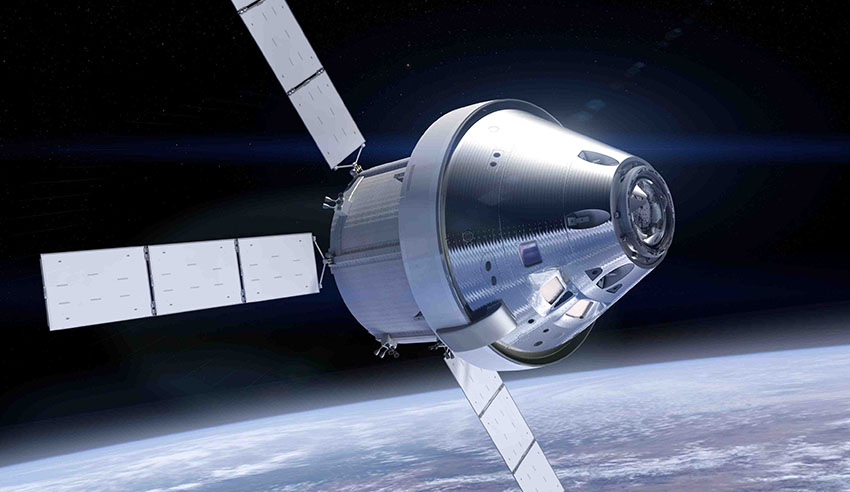That will first involve speed in getting American boots onto the moon, with sustainability later. In a speech to the 35th Space Symposium in Colorado, US, NASA administrator Jim Bridenstine said all the elements of getting man back to the moon in 2028 still existed but the order would change.
“The first phase is speed. We want to get those boots on the moon as soon as possible. Anything that is a distraction from making that happen we’re getting rid of,” he said.
Man hasn’t set foot on the moon since the last of the US Apollo missions in December 1972. No other nation has landed men on the moon.
NASA now plans to return. China also said it plans to land men on the moon around 2030. NASA’s plans have been substantially accelerated by the current US administration, with vice-president Mike Pence declaring last month it was the stated policy of this administration and the US to return astronauts to the moon within the next five years.
However, to achieve that, much work is needed. There’s no moon lander yet, though there is a spacecraft, the Orion. That will undergo an unmanned test flight next year and the first crewed mission soon after.
The US also plans to position a station in orbit over the moon as a gateway for the moon landings. That facility may now possess just a few of the elements originally proposed for it.
NASA has also accelerated development of the lunar lander.
Once man has returned to the moon, NASA will focus on long-term sustainability. That includes enhancing gateway capability and ensuring key equipment like the lunar lander could be reused.
“We’re building a capability, we’re building an architecture that’s ultimately sustainable for the long run. All this was already planned for 2028. We’re just going to accelerate pieces of it,” Mr Bridenstine said.
He said NASA would be seeking more money, sending an amended budget proposal to Congress.
“We’re going to be going back to Congress with an increased budget request. If we could maybe ask our international partners to step up a little more, that would be great as well,” Mr Bridenstine said.
Could that include Australia? Representatives of the new Australian Space Agency attended their first Space Symposium and heard the pitch from NASA.
“Great to meet with @NASA to discuss collaboration opportunities with the @AusSpaceAgency. Looking forward to building on over 50 years of collaboration on space activities between #Australia and the #UnitedStates,” tweeted Australian Space Agency deputy head Anthony Murfett.
“I met with over 20 of our international partners today at #SpaceSymposium. The common thread is that everyone is excited about moving forward to the moon together, and we’re mobilizing support worldwide to make it happen,” Mr Bridenstine tweeted.

